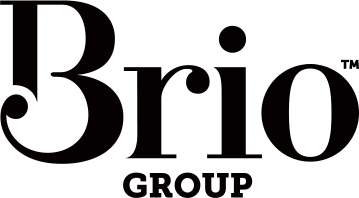5 helpful press release writing tips
A poorly written press release can be what stands between getting press and not getting press. It’s important to communicate your news angle clearly and draft your press release professionally – both in content and format.
1. Write like a Journalist
Your lead sentence should aim to get across your story angle, start answering the “who, what, when, why and how” and be squeezed into one sentence of about 28 words. If your press release is written in a style and language that’s natural to a journalist, you’ll have better chance of your content getting reproduced (sometimes verbatim!).
2. Develop a Newsworthy Angle
Sometimes businesses think their press release is newsworthy; but in fact, depending on which media you’re targeting, it may not be newsworthy at all. A health-related story will have better chance of getting a run in a health industry title, than say a local paper. But, tailor your press release with a localised angle and you’ll have a better shot at grabbing the attention of the local news journalist. Refer to some news angle basics: timeliness, proximity, and human interest.
3. Craft each Release per Media Outlet or Journalist
Research the specific journalist who covers the round your news item best fits, i.e. community news, health and beauty, business or entertainment. This information is often found in the credit box of the title, or located on the media outlet’s website – alternatively, just make a quick phone call. This is important to ensure your press release gets under the news-hungry nose of the right journalist.
4. Format the Press Release Professionally
Content wise, remember to keep your press release simple and newsworthy. Include a striking headline, a dateline, and contact details. Should your topic require additional background information, facts, statistics or a biography, include this in a paragraph labelled “Background Information” at the end of the press release. Stylistically, keep the press release between one to two pages. Include “FOR IMMEDIATE RELEASE” at the top left hand corner. And finally, a press release that contains images (emailed or provided on disc) is advantageous.
5. Elect a Media Liaison Contact
If you’re looking after your own business’s PR, and do not have a professional PR Practitioner, you’ll need to elect a contact person who is skilled at answering media requests. These requests may be anything from lining up an interview, issuing photographs, to providing additional information. Ensure your elected contact is briefed on the basics of what is public and non-public company knowledge.
If you found these tips helpful, and would like to uncover ways to generate brand awareness through PR or marketing activities, Brio Group can help.
Yours in PR,
Julia

